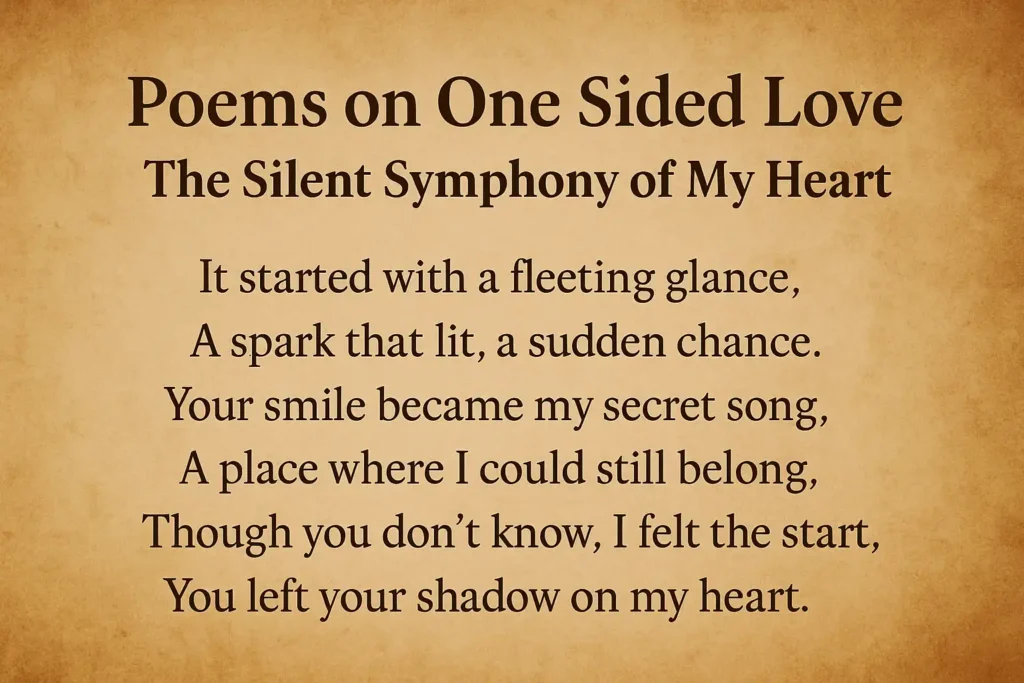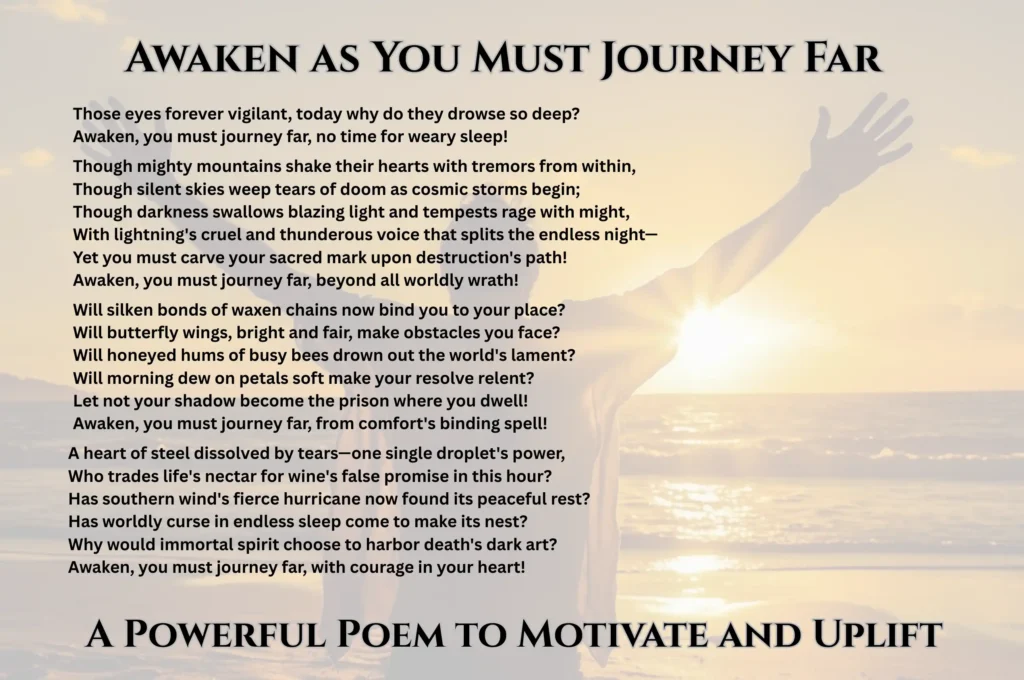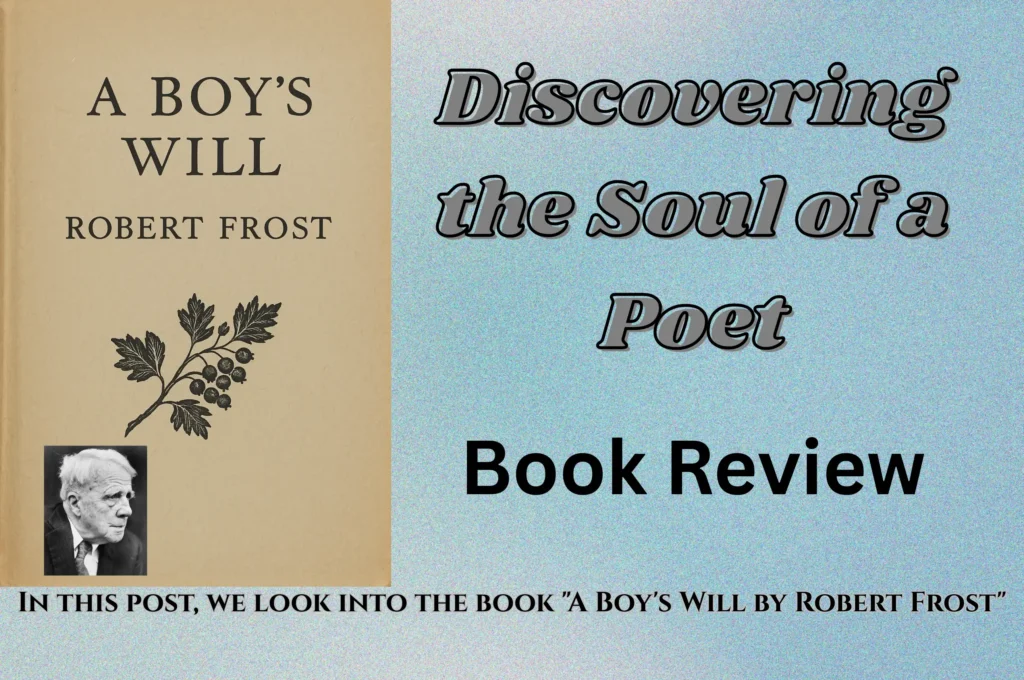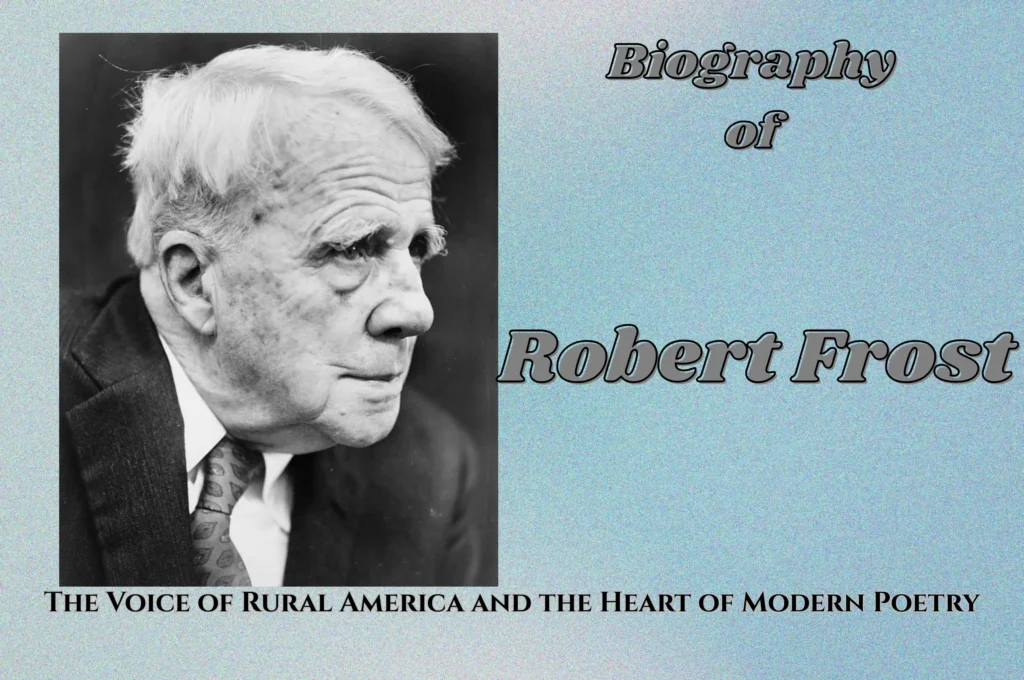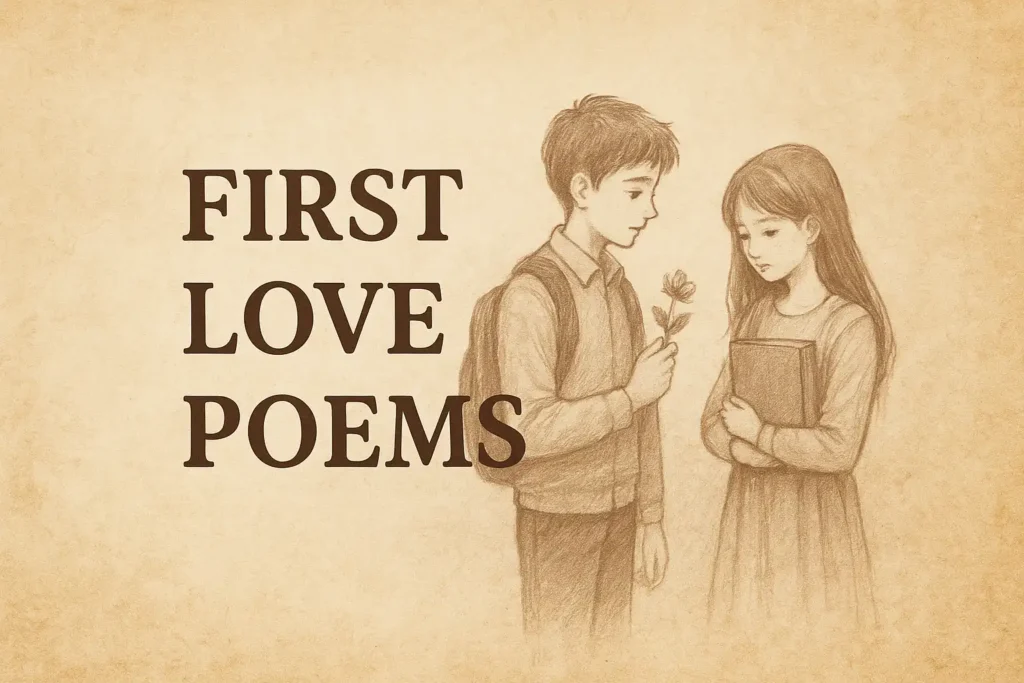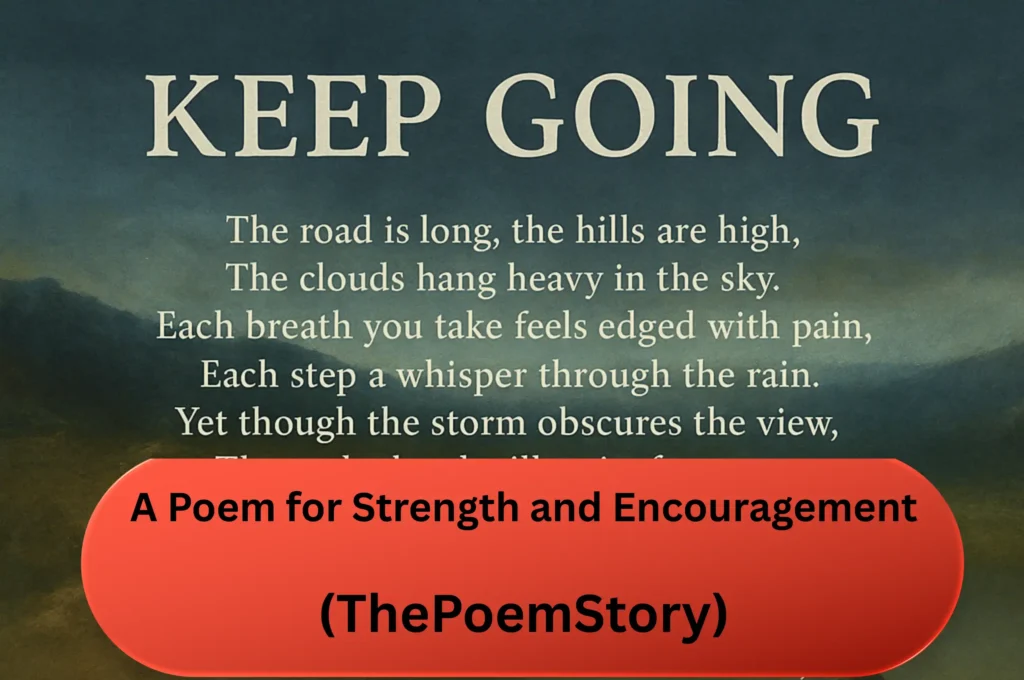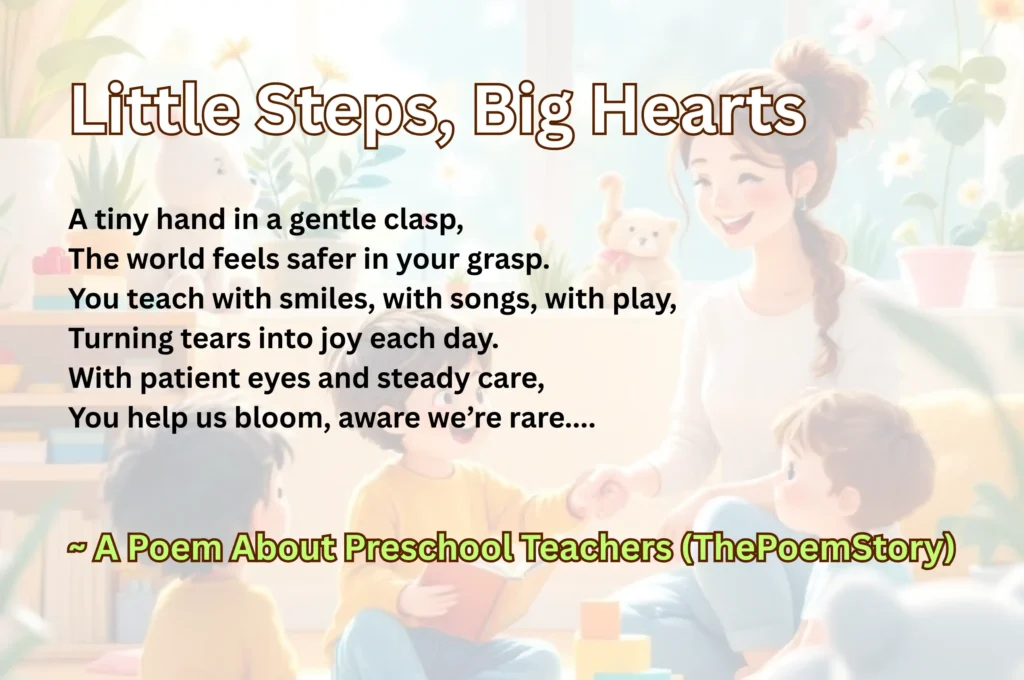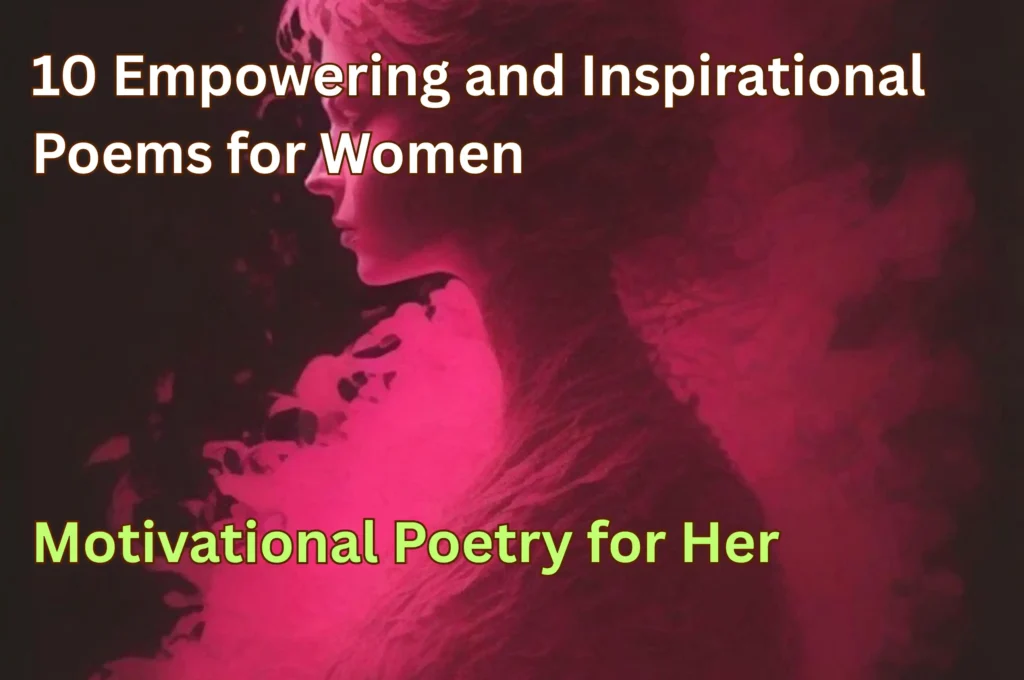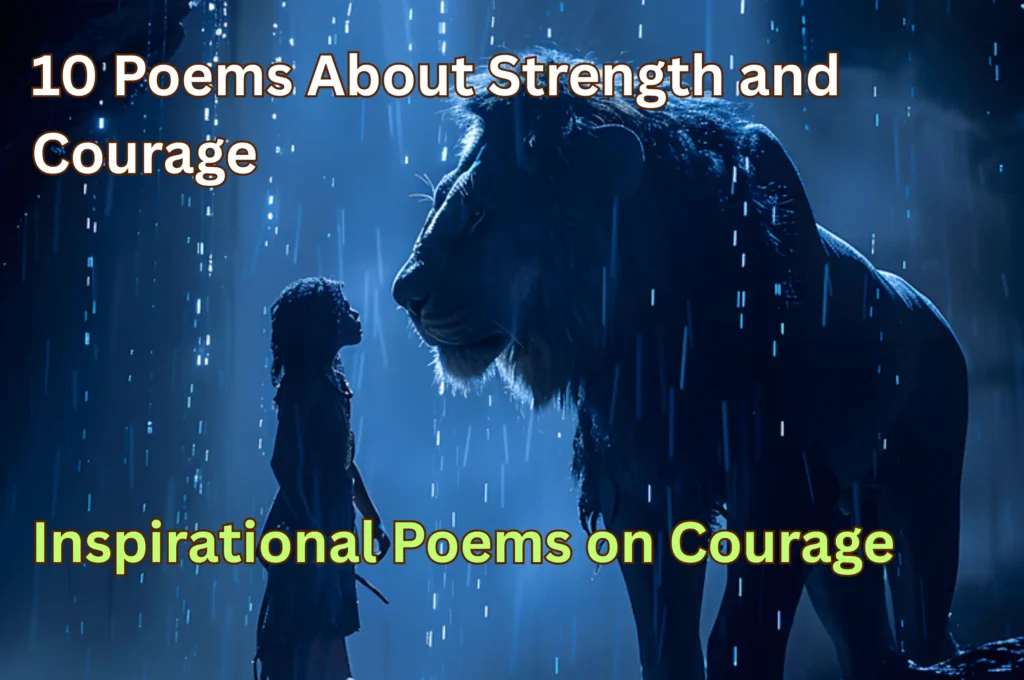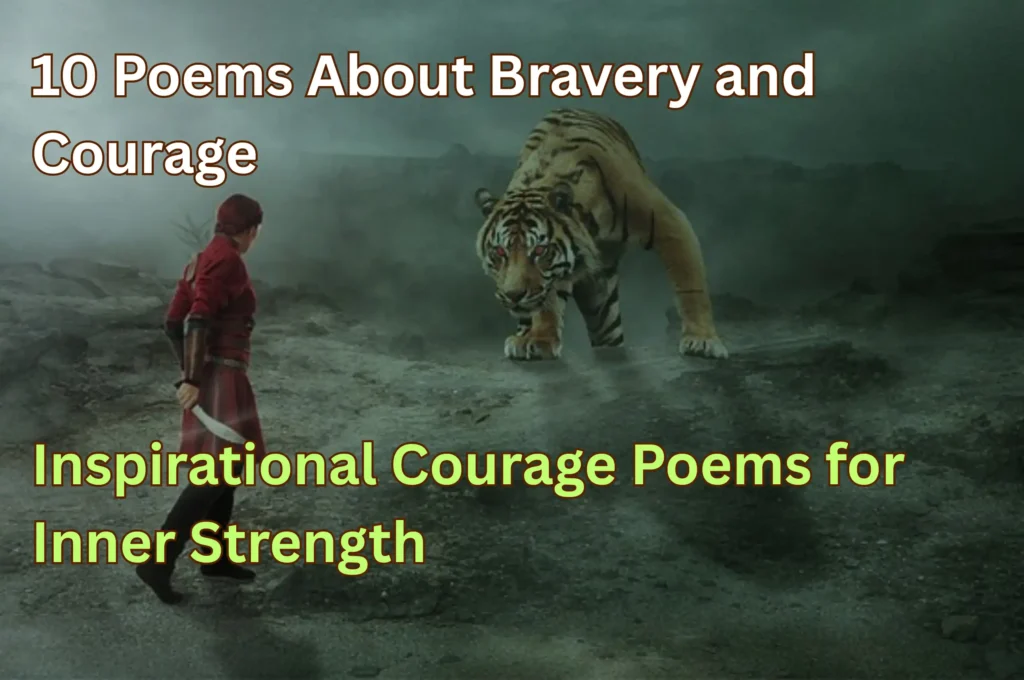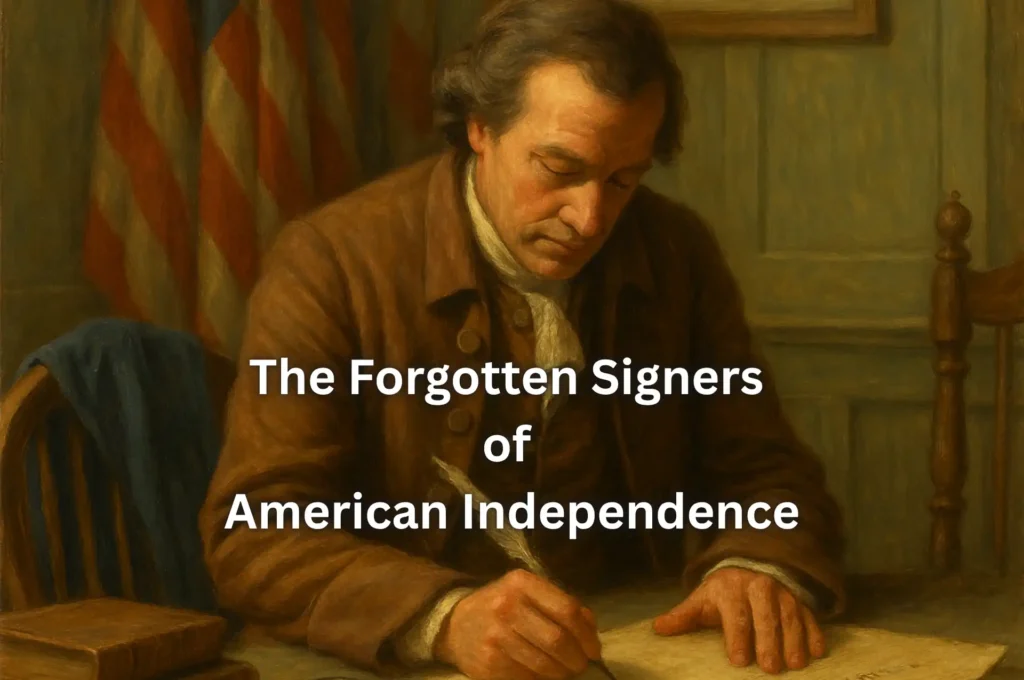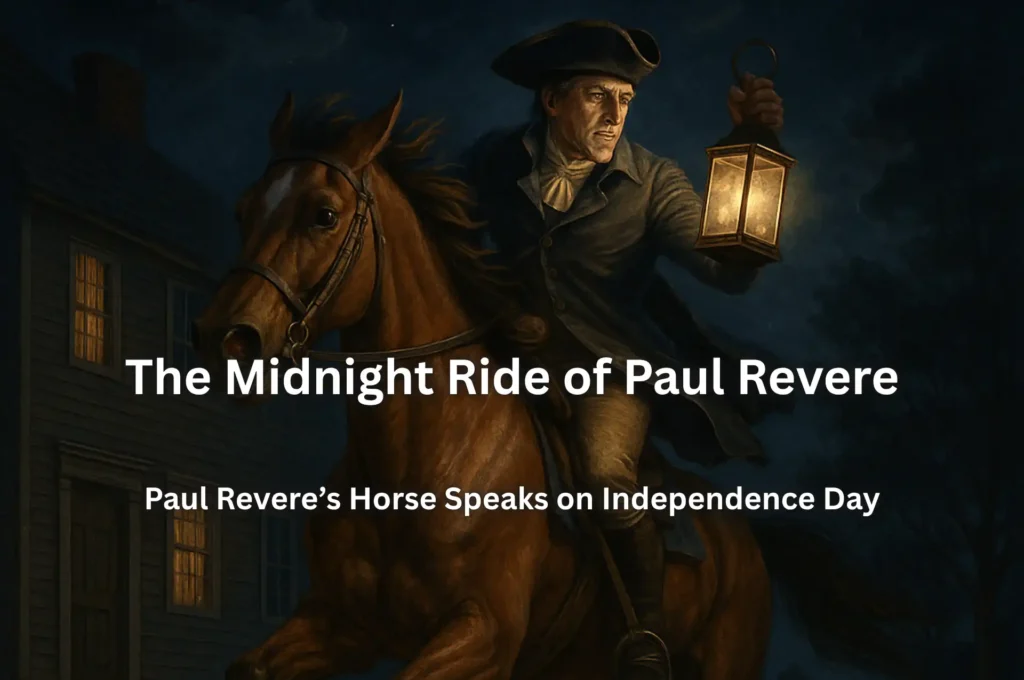Introduction to ‘The Foster-Mother’s Tale’
‘The Foster-Mother’s Tale / The Foster Mother’s Tale Poem’ a poem by Samuel Taylor Coleridge, serves as a poignant example of Romantic literature from the late 18th century. Written in 1798, the poem is part of the collaborative work “Lyrical Ballads,” which Coleridge co-authored with William Wordsworth. This collection is widely credited with helping to launch the Romantic movement in English literature, emphasizing emotion, nature, and the individual’s experience.
Set against the backdrop of the tumultuous socio-political changes of the time, ‘The Foster-Mother’s Tale’ delves into themes of motherhood, nature, and the supernatural. The poem is structured as a narrative within a narrative, a storytelling technique that adds layers of depth and complexity. The foster-mother recounts a story to her foster-child, weaving a tale that explores the intersection of human experience and the natural world.
One of the other poems from: “Lyrical Ballads” written by: Samuel Taylor Coleridge is: The Rime Of The Ancient Mariner.
Coleridge’s work often reflects his fascination with the power of storytelling and its ability to convey profound truths about the human condition. In ‘The Foster-Mother’s Tale,’ this is evident through the rich, evocative language and the interplay of light and dark imagery. The poem also touches on motifs of isolation and the search for meaning, common threads in Coleridge’s oeuvre.
Significantly, ‘The Foster-Mother’s Tale’ embodies the Romantic ideal of finding the extraordinary in the ordinary. Through the foster-mother’s narrative, Coleridge invites readers to consider the deeper, often hidden, layers of everyday life. This aligns with the broader Romantic emphasis on emotion and intuition over reason, celebrating the mysteries of existence and the power of the natural world.
In summary, ‘The Foster-Mother’s Tale’ is a seminal work within Coleridge’s literary canon and the Romantic movement at large. It offers readers a window into the era’s cultural and philosophical currents while exploring themes that remain universally resonant.
Explore Our Category: English Poems
Read Poems by William Wordsworth
The Foster Mother’s Tale Poem
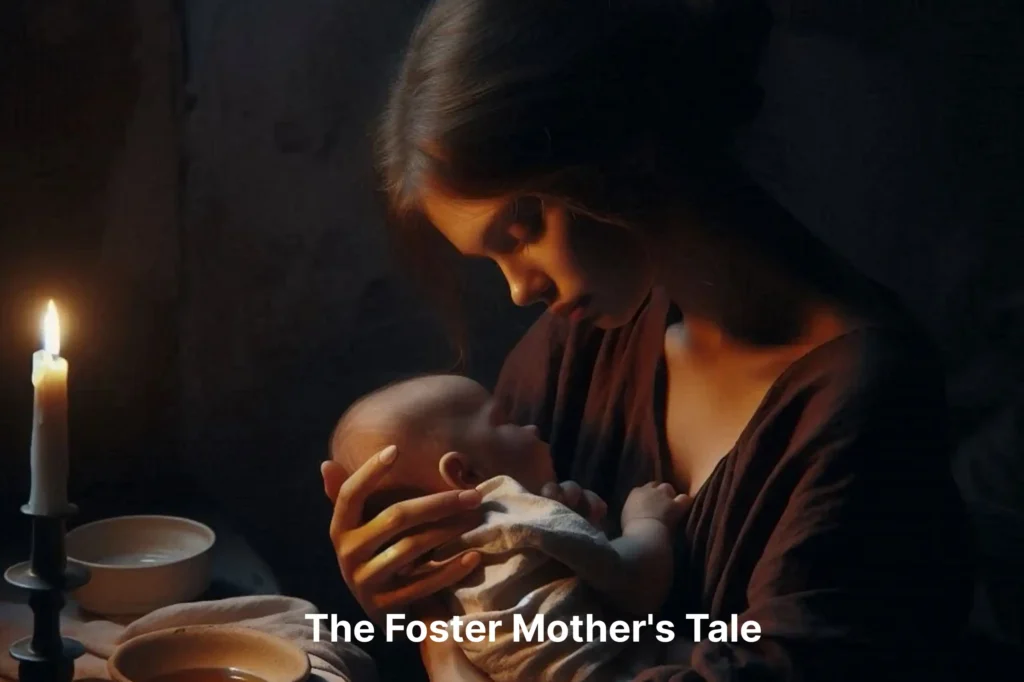
Table of Contents
The Foster Mother’s Tale Poem
~ Samuel Taylor Coleridge
FOSTER-MOTHER.
I never saw the man whom you describe.
MARIA.
’Tis strange! he spake of you familiarly
As mine and Albert’s common Foster-mother.
FOSTER-MOTHER.
Now blessings on the man, whoe’er he be,
That joined your names with mine! O my sweet lady,
As often as I think of those dear times
When you two little ones would stand at eve
On each side of my chair, and make me learn
All you had learnt in the day; and how to talk
In gentle phrase, then bid me sing to you—
’Tis more like heaven to come than what has been.
MARIA.
O my dear Mother! this strange man has left me
Troubled with wilder fancies, than the moon
Breeds in the love-sick maid who gazes at it,
Till lost in inward vision, with wet eye
She gazes idly!—But that entrance, Mother!
FOSTER-MOTHER.
Can no one hear? It is a perilous tale!
MARIA.
No one.
FOSTER-MOTHER
My husband’s father told it me,
Poor old Leoni!—Angels rest his soul!
He was a woodman, and could fell and saw
With lusty arm. You know that huge round beam
Which props the hanging wall of the old chapel?
Beneath that tree, while yet it was a tree
He found a baby wrapt in mosses, lined
With thistle-beards, and such small locks of wool
As hang on brambles. Well, he brought him home,
And reared him at the then Lord Velez’ cost.
And so the babe grew up a pretty boy,
A pretty boy, but most unteachable—
And never learnt a prayer, nor told a bead,
But knew the names of birds, and mocked their notes,
And whistled, as he were a bird himself:
And all the autumn ’twas his only play
To get the seeds of wild flowers, and to plant them
With earth and water, on the stumps of trees.
A Friar, who gathered simples in the wood,
A grey-haired man—he loved this little boy,
The boy loved him—and, when the Friar taught him,
He soon could write with the pen: and from that time,
Lived chiefly at the Convent or the Castle.
So he became a very learned youth.
But Oh! poor wretch!—he read, and read, and read,
’Till his brain turned—and ere his twentieth year,
He had unlawful thoughts of many things:
And though he prayed, he never loved to pray
With holy men, nor in a holy place—
But yet his speech, it was so soft and sweet,
The late Lord Velez ne’er was wearied with him.
And once, as by the north side of the Chapel
They stood together, chained in deep discourse,
The earth heaved under them with such a groan,
That the wall tottered, and had well-nigh fallen
Right on their heads. My Lord was sorely frightened;
A fever seized him, and he made confession
Of all the heretical and lawless talk
Which brought this judgment: so the youth was seized
And cast into that hole. My husband’s father
Sobbed like a child—it almost broke his heart:
And once as he was working in the cellar,
He heard a voice distinctly; ’twas the youth’s,
Who sung a doleful song about green fields,
How sweet it were on lake or wild savannah,
To hunt for food, and be a naked man,
And wander up and down at liberty.
He always doted on the youth, and now
His love grew desperate; and defying death,
He made that cunning entrance I described:
And the young man escaped.
MARIA.
’Tis a sweet tale:
Such as would lull a listening child to sleep,
His rosy face besoiled with unwiped tears.—
And what became of him?
FOSTER-MOTHER.
He went on ship-board
With those bold voyagers, who made discovery
Of golden lands. Leoni’s younger brother
Went likewise, and when he returned to Spain,
He told Leoni, that the poor mad youth,
Soon after they arrived in that new world,
In spite of his dissuasion, seized a boat,
And all alone, set sail by silent moonlight
Up a great river, great as any sea,
And ne’er was heard of more: but ’tis supposed,
He lived and died among the savage men.
Lyrical Ballads and Few Other Poems
Plot Summary of “The Foster-Mother’s Tale”
The Foster Mother’s Tale Summary
‘The Foster-Mother’s Tale,’ a narrative poem by Samuel Taylor Coleridge, weaves a poignant story through the voice of a foster-mother recounting a tale to her listener. The poem begins with the foster-mother describing a young boy who was left in her care. This child, she explains, was born under mysterious and sorrowful circumstances, marking the inception of the poem’s central conflict.
The boy’s father, a soldier, had been wrongly imprisoned, and his mother died of grief shortly after his birth. This tragic backdrop sets the stage for the boy’s struggles and his quest for identity and belonging. As he grows, his inherent nobility and courage become evident, traits inherited from his father. Despite the loving care of his foster-mother, the boy is plagued by a sense of loss and an unquenchable desire to learn more about his origins.
The narrative takes a pivotal turn when the boy, now a young man, learns of his father’s fate. Driven by a combination of filial duty and personal anguish, he embarks on a journey to seek justice for his father. This quest leads him through various trials that test his resolve and character. Each encounter and obstacle he faces serves to highlight the poem’s thematic exploration of resilience and the search for truth.
The climax of the poem is marked by the young man’s discovery of the truth about his father’s wrongful imprisonment. This revelation not only brings a sense of closure to his personal journey but also underscores the broader themes of justice and redemption. The foster-mother’s tale concludes with a reflection on the enduring impact of these events on the young man’s life, leaving readers with a profound understanding of the poem’s emotional and moral depth.
Through its detailed narrative and rich character development, ‘The Foster-Mother’s Tale’ provides a compelling exploration of human emotion and the relentless pursuit of justice. The poem’s plot, driven by its central conflict and key moments, offers a timeless reflection on the complexities of familial bonds and the quest for identity.
Analysis of Major Themes
“The Foster-Mother’s Tale,” a poignant narrative poem by Samuel Taylor Coleridge, delves into several profound themes. One of the most prominent themes is motherhood. Through the foster-mother’s narrative, Coleridge explores the nurturing and protective instincts inherent in a mother’s love. The foster-mother’s anguish and concern for her foster-son reflect the universal emotions of mothers, irrespective of biological ties. This theme is further emphasized through vivid imagery of maternal care and the bond between mother and child.
Nature is another significant theme in the poem. Coleridge, a key figure in the Romantic movement, often celebrated nature in his works. In “The Foster-Mother’s Tale,” nature is not merely a backdrop but a living, breathing entity that influences the characters’ lives. The natural landscape is described in detail, creating a sense of awe and reverence. The symbolism of nature as a source of comfort and solace is evident, aligning with Romantic ideals that viewed nature as a refuge from societal constraints.
Innocence is portrayed through the character of the foster-son. His purity and naivety are contrasted with the harsh realities of the world. Coleridge uses language and symbolism to depict the boy’s innocence, highlighting the vulnerability of youth. The imagery of the foster-son’s carefree life in the natural environment further underscores this theme. The loss of innocence, a recurring theme in Romantic literature, is subtly woven into the narrative, evoking a sense of nostalgia and melancholy.
Societal norms and their impact on individuals are also examined in the poem. The foster-mother’s tale reflects the rigid expectations and judgments imposed by society. Coleridge critiques these norms, suggesting that they often lead to suffering and alienation. The foster-mother’s isolation and the foster-son’s eventual fate serve as poignant reminders of the consequences of societal pressures. Through rich symbolism and evocative language, Coleridge conveys the tension between individual desires and societal expectations, a theme central to Romantic thought.
The influence of Romantic ideals on “The Foster-Mother’s Tale” is unmistakable. Coleridge’s emphasis on emotion, nature, and individualism resonates throughout the poem. His use of imagery and symbolism not only enhances the thematic depth but also aligns the poem with the broader Romantic movement. By intertwining these themes, Coleridge creates a layered and evocative narrative that continues to resonate with readers.
Character Analysis and Development
‘The Foster-Mother’s Tale,’ a poignant poem by Samuel Taylor Coleridge, delves deep into the intricacies of its characters, particularly the foster-mother. Her role is pivotal, as she serves both as the narrator and a central figure within the narrative. The foster-mother’s character is portrayed with a rich blend of empathy and wisdom, reflecting her profound understanding of human nature and the complexities of life.
The foster-mother’s development throughout the poem is marked by her evolving relationship with her foster-child. Initially, she is depicted as a nurturing figure, offering solace and guidance. Her interactions with the child reveal her compassionate nature, as she endeavors to provide a sense of stability and security. However, as the narrative progresses, her character is imbued with a deeper sense of melancholy and introspection. The foster-mother’s reflections on her own life experiences, coupled with her care for the child, illuminate her inner conflicts and emotional struggles.
The poem also introduces other characters whose interactions with the foster-mother contribute significantly to the narrative. These relationships serve to highlight various aspects of her personality, including her resilience and fortitude. The foster-mother’s dialogues with these characters often reveal her inner turmoil and the psychological dimensions of her character. Through these interactions, Coleridge masterfully portrays the emotional depth and complexity of the foster-mother, making her a relatable and compelling figure.
In addition to the foster-mother, the poem presents the foster-child as a character whose development is intricately linked to that of the foster-mother. The child’s growth and maturation are influenced by the foster-mother’s care and guidance, underscoring the profound impact of their relationship. The emotional bond between them serves as a cornerstone of the narrative, providing a lens through which readers can explore themes of love, loss, and redemption.
Overall, the character analysis in ‘The Foster-Mother’s Tale’ reveals a rich tapestry of emotions and motivations, offering a deep understanding of the psychological and emotional dimensions that drive the characters. Through meticulous character development, Coleridge crafts a narrative that resonates with readers, highlighting the enduring power of human connections and the complexities of the human spirit.
The Foster Mother’s Tale Poem PDF
List of Poets in Alphabetical Order
कवियों की सूची

